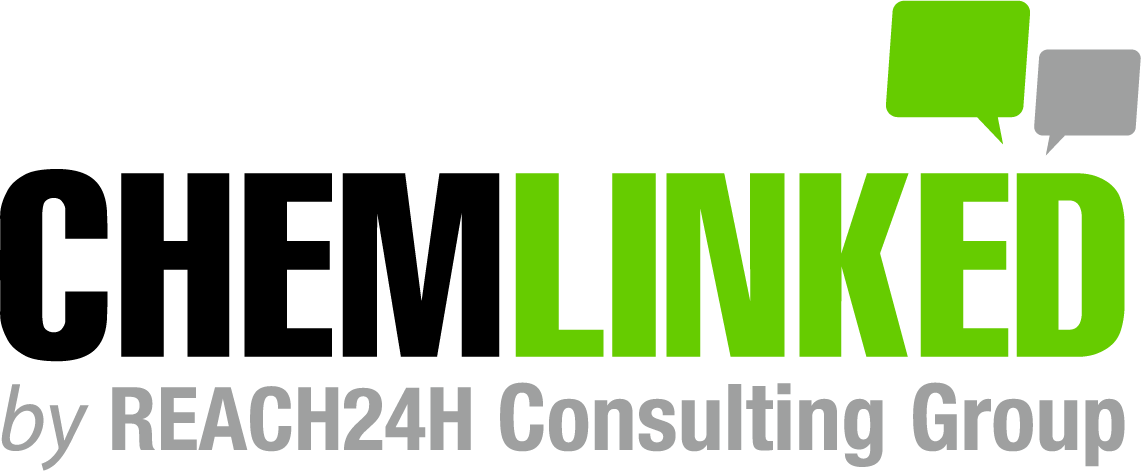On November 11, 2020, China’s State Administration for Market Regulation (SAMR) and the State Standardization Administration jointly issued the mandatory national standard” GB38598-2020 General Requirement for Label and Instruction Book of Disinfection Products”, expected to take effect on December 1, 2021. This standard will apply not only to disinfectants, disinfecting apparatus, disinfection indicators and antibacterial/bacteriostatic agents that fall under the pre-marketing safety and efficacy evaluation and record-filing process, but also other daily necessities such as contact lenses solutions, wet wipes, hygienic wet wipes, sanitary napkins(pad), diapers, cotton swab/ball, tissues, household paper (excluding toilet paper) and papery tableware.
Understanding China’s Upcoming Labeling Regulation on Disinfection Products (GB38598-2020)
Upgrade to a paid membership is required
To view the relevant content, you need to upgrade to a paid membership. Paid members can use the legal and regulatory database, download ebooks for free, and use all the functions of this site without restrictions. If you would like to receive a 14-day free trial, please click here to proceed to the application page.
Log in
Register now




